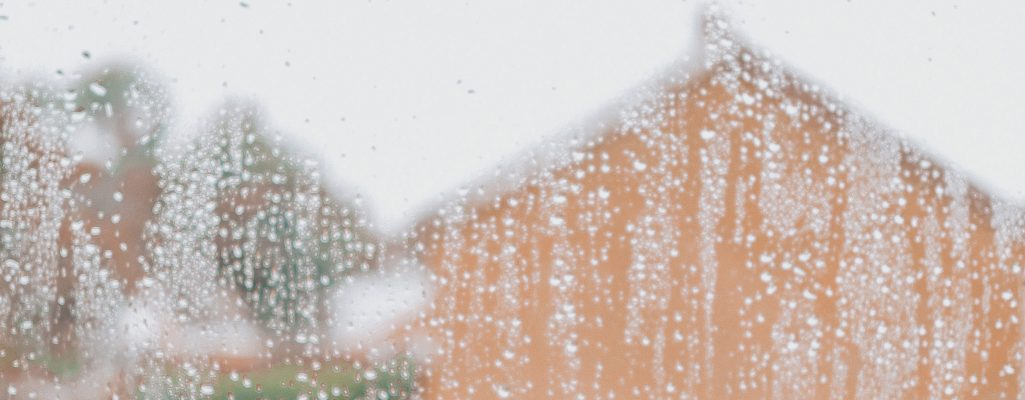Air humidity control by silicone membrane

Today we would like to introduce you to one of the functions of the hollow fibre membrane NAGASEP, dehumidification. This membrane module can take away water vapour and unwanted humidity from the air.
Air humidity needs to be controlled, no matter in homes or factories. Examples include dehumidifying spaces where moisture-sensitive precision equipment is installed to prevent breakdowns, dehumidifying gases in pipes to prevent rust formation, removing water vapour that becomes noise when analyzing gas components to obtain highly accurate analysis results, dehumidifying air in rooms to prevent condensation and fogging of glass, and many other situations.
There are three main methods of dehumidification: refrigeration, adsorption and membrane separation, each with its own characteristics.
The refrigeration method cools the gas and condenses the water vapour to dehumidify it. It is often used in situations where there is a large amount of processing, but the equipment can be large in size due to the treatment of condensed water, which can be a problem in terms of installation space.
Adsorption methods use adsorbent materials that take up moisture well to dehumidify, and are the best for drying out gases. On the other hand, for continuous use, it requires the use of heat or other energy to remove moisture from the adsorbent material. When used in factories, the structure becomes more complex because two pieces of equipment are required, one for dehumidification and the other for moisture removal, and this also has the problem of increasing the size of the equipment.
The membrane separation method is used for dehumidification of analysis gases, whereby moisture is permeated from one side of the membrane to the other. In gas analysis using gas chromatography and other methods, dehumidification is necessary as a pre-treatment for analysis. Otherwise, the accuracy of analysis results is reduced if moisture is present in the gas. Pre-treatment by dehumidification is particularly necessary for the analysis of gases with high moisture content, such as exhaust gases and breathing gas. Membrane separation systems are also used in applications where contamination is not permitted, such as in analyzers. Using membrane for dehumidification makes the equipment clean and smaller in size.
The silicone rubber used in NAGASEP separation membranes is one of the most permeable to moisture in the air of all the various separation membrane materials, such as polysulphone and polyimide. NAGASEP can be used in a variety of situations to optimize air conditions.